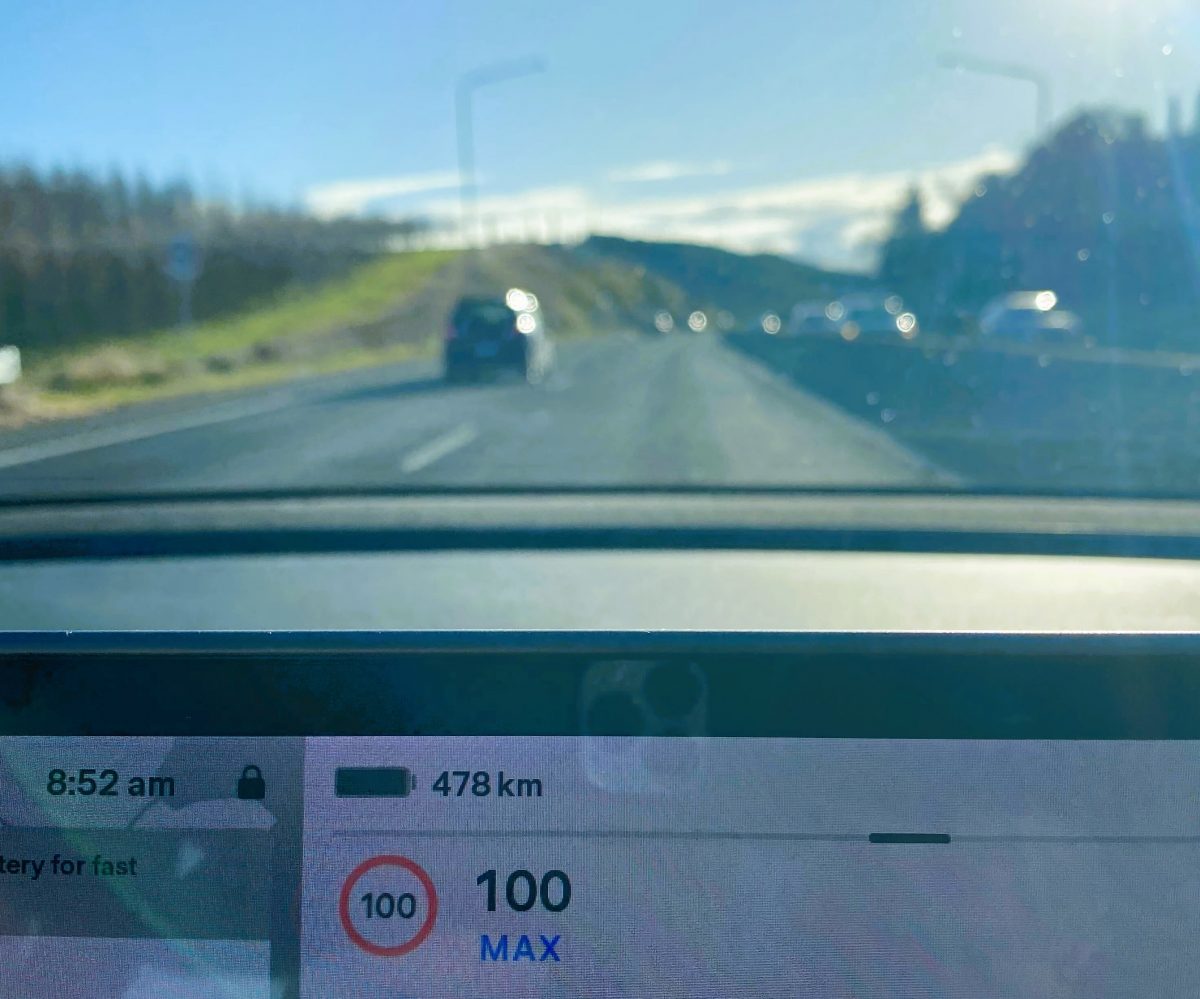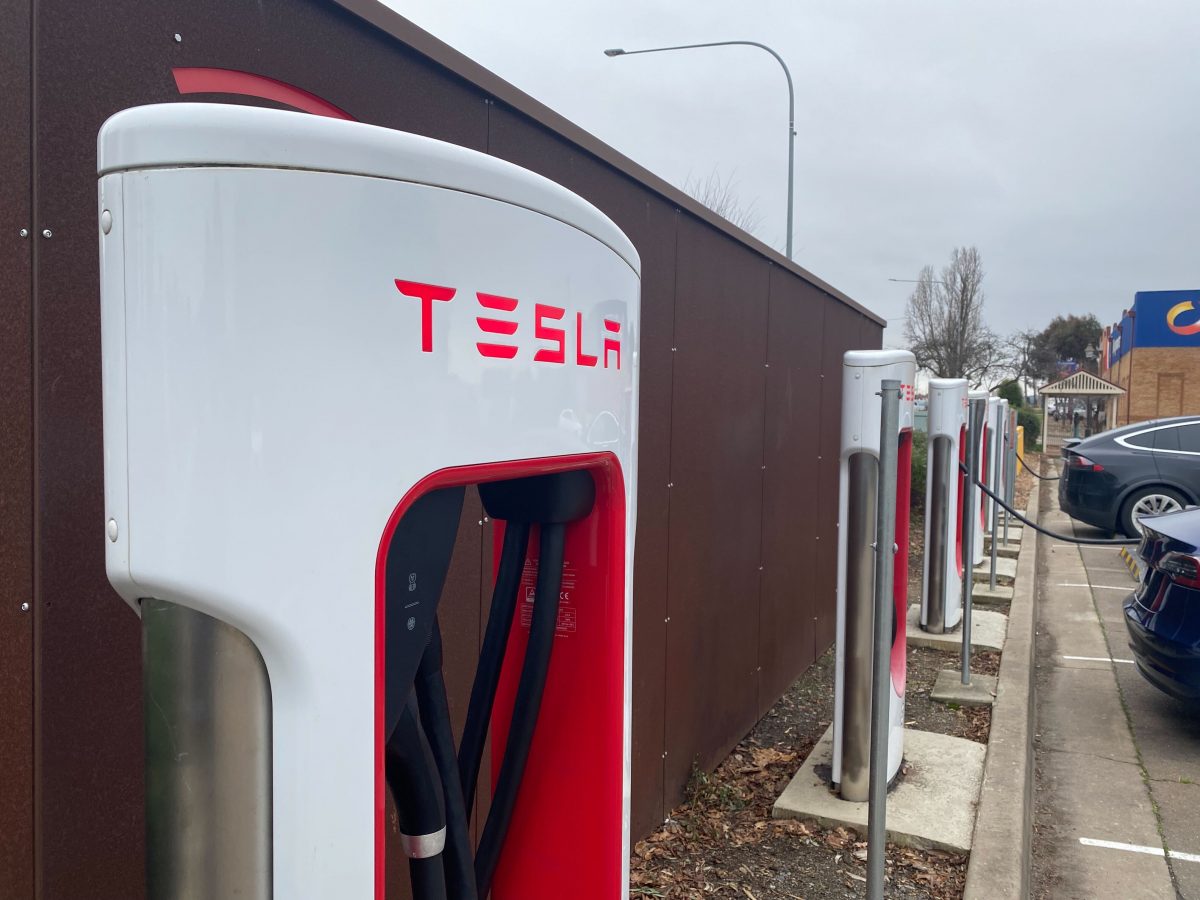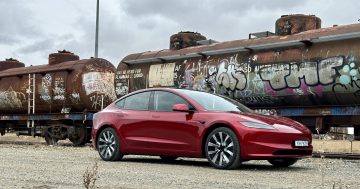
Driving an EV from Canberra to Sydney. Photo: Stephen Ning.
A social media commentator has revealed what it’s like to drive an electric vehicle from Canberra to Sydney and it wasn’t plain sailing.
Cameron Sutherland is the resident car expert for ProductReview.com.au, going by the handle @ProductReviewCars on TikTok. He shared a video in early June about what started as a simple road trip between the cities in the $71,900 Hyundai IONIQ 5.
“The car itself is a great road trip vehicle – it’s super spacious, great seats, great speakers and has a cool big sunroof,” Cameron said in the video, which gathered more than 190,000 views within four days.
The IONIQ 5 has an estimated range of 450 km and can make the trip to Canberra on a single charge, but he decided to top up the battery in Goulburn so he could tour the city on arrival. Goulburn has eight charging bays equipped with Tesla superchargers and three Chargefox bays for other electric cars.
On arrival, the only available NRMA Chargefox charger informed him the “station had faulted” and had not been fixed since the beginning of the year. Cameron was forced to wait for another port to become available.
He arrived in Canberra with an estimated 70 km of range remaining, so the hunt was on again.
“Finally we found a free charger (in an IKEA car park) in what felt like a really long time but it was super slow,” Cameron said.
Charging from 20 to 90 per cent cost between $25 and $30 each time, while searching for chargers added two-and-a-half hours to the round trip.
“Knowing that there were plenty of chargers to choose from, I was hoping for a seamless experience, however I encountered the downfalls of early EV adoption here in Australia,” he wrote in the subsequent review.
“The issue was never the location of the chargers, but the availability and whether or not these chargers actually were functioning.”
Cameron has previously completed the journey in a Tesla Model 3, “with minimal issues thanks to the supercharging network that only Teslas can use”.

Tesla superchargers don’t suit other EVs. Photo: Stephen Ning.
Since Cameron’s video and article, the NSW Government has announced the rollout of third-party chargers for around $38 million, described as the “biggest EV plan in Australia”. This will fund 500 more kerbside chargers, 250 apartment building chargers, and more fast-charging grants. The ACT Government is also funding 50 publicly accessible EV chargers this year, with grant funding underway.
For Matthew Driver, a local Tesla owner, “writing an article about driving to Sydney is like writing about nothing”.
“For us, it’s been terrific.”
Matthew drives between the cities at least twice a year in his 2020 Model 3 Standard Range Plus. He says the only inconvenience was at Sydney’s Broadway superchargers.
“When we arrived one day, it was full and we had to wait five minutes. Sydney’s superchargers can be in demand during peak times and there can be lines. But it’s about how often it really happens. You see these stories about some problem, but it’s a one-off.”
He says the public charging network will continue to improve as the Albanese Government prepares to roll out its $39.3 million national charging network, which will see charging stations at an average interval of 150 km on major roads.
“It’s going to be a continual race between the number of cars and the number of chargers for many years to come, because the number of EVs coming on the road is really ramping up. There is going to need to be more and more chargers built. It could be a 15-year project.”
There were 2010 battery electric vehicles registered in the ACT as of 1 June, 2022. The best seller is the Tesla Model 3, followed by the Hyundai Kona Electric and Hyundai IONIQ.













